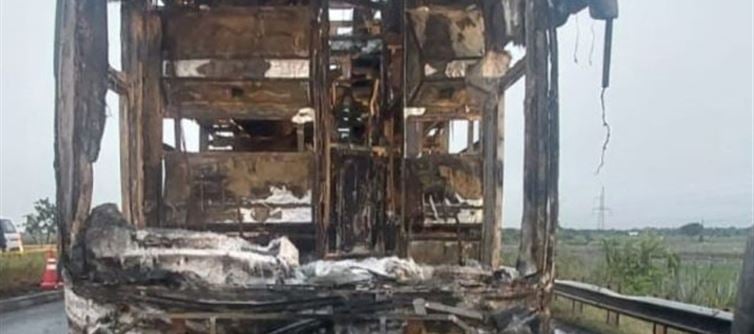
A motorbike. A luxury sleeper bus. A rural highway. Together, they formed a perfect equation for disaster — one that india solves the same way every time: with condolences, not corrections.
The kurnool bus fire that claimed at least 20 lives isn’t a standalone tragedy; it’s a textbook case study in the gap between mobility and safety. Over the last decade, intercity bus travel in india has boomed, driven by private operators and online ticketing apps promising comfort and speed. But regulation hasn’t kept up.
Every night, hundreds of buses like the one on the Hyderabad–Bengaluru route race through state highways that weren’t designed for their scale or speed. Many run on diesel-fueled chassis not built for long-haul night operations. Add to that the rural “last mile” challenge — motorbikes, tractors, and pedestrians sharing the same unlit stretches — and you have a ticking bomb.
The fire’s speed — engulfing the vehicle in seconds — points to a larger design flaw: lack of fire-retardant interiors, sealed windows, and cramped exits. indian safety standards for buses remain decades behind global norms. Unlike aviation, where every incident reshapes policy, road transport disasters fade in the noise.
The solution isn’t just more speed breakers or stricter policing — it’s a fundamental rethinking of highway logistics. Better route zoning, nighttime visibility measures, fire-resistant materials, and driver rest mandates could save thousands annually.
This tragedy forces us to ask: Are we connecting cities, or just connecting death zones faster? The road between hyderabad and Bengaluru is India’s tech corridor — yet the infrastructure still belongs to an era where 40 km/h was fast.
The kurnool fire should be a turning point — if not for outrage, then for reform. Because without systemic change, India’s transport growth story will remain written in blood and smoke.




 click and follow Indiaherald WhatsApp channel
click and follow Indiaherald WhatsApp channel